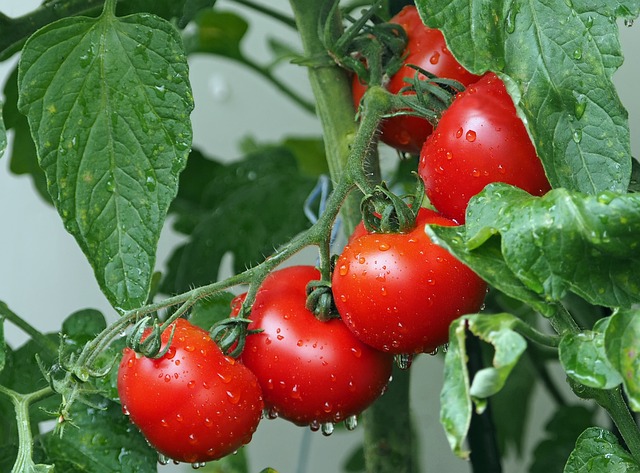The “cost of living crisis” continues, eh? Becoming more self-sufficient can help you save money in a wide variety of different ways. What you do in order to increase your self-reliance should be a personal choice, and it can take time to properly discipline yourself to meet these goals, so be patient as you adopt this new way to save money.
Try these effective, money-saving strategies:

- Grow your own fruits, vegetables, spices, and herbs. There are a variety of different ways that you can grow your own food, including planting your own vegetable garden, growing non-hybrid vegetables and harvesting your own seeds, and using square foot gardening techniques in order to grow a lot of food in very small spaces.
- Take the capabilities of your garden further by using organic mulch from local sources and using homemade compost or free manure in order to enrich the soil in your garden.
- You can grow your own potatoes inexpensively, then save the fingerling potatoes to plant next year.
- Consider creating your own small orchard and growing your own fruit. You can even get planter-pot-size varieties of many fruit trees.
- Extend your growing season by building your own greenhouse. There are DIY options as well as kits that you can buy and assemble in a variety of shapes, sizes, and styles.
- Utilize natural resources. There are a variety of ways that you can utilize renewable, natural resources in order to be more self-sufficient, saving money in the process.
- Cut your own firewood rather than purchasing it.
- Collect rainwater for use in watering your plants and other purposes instead of relying on municipal water.
- Supplement the heating system in your home by installing solar heating panels. You can also supplement your home’s water heating needs using the same panels.

- Raise your own food. Consider raising chicken, sheep, goats, or even bees – not only to create your own food, but for other materials as well. You can raise chickens for eggs and meat, goats or cows for milk products, pigs and other animals for meat, and more.
- Goats and sheep can also provide you with materials for spinning, knitting and crochet. If you learn how to spin wool into yarn, you can make some of your own clothing, blankets, towels and other necessities.
- Store what you grow. Consider building a root cellar so you can store as much of your harvest as possible. Also, by learning how to can foods, you can preserve some of the food you grow and some of what you cook, like soups, and enjoy food all year long based on what you grow from season to season.
- Use and reuse. Reduce, reuse, and recycle may be an overused adage, but when you use and reuse whatever you can as much as possible, you reduce waste and find new and creative ways to become more self-sufficient and save money in the process.
There are many ways that you can become more self-sufficient. Be conscious of alternative techniques to improve your health and well being, your impact on the environment, and your wallet, and you may find other ways to increase your self-reliance as well.

